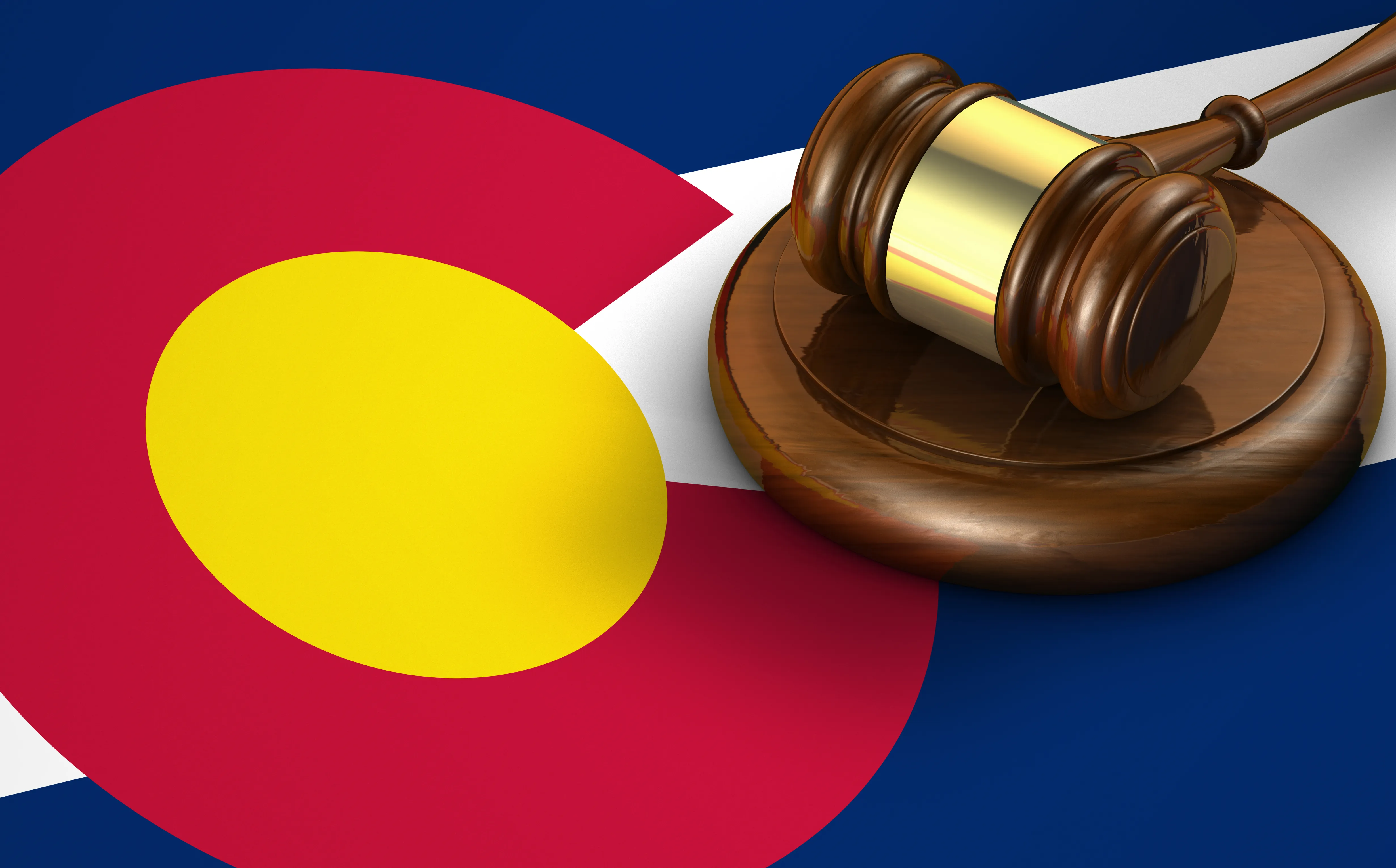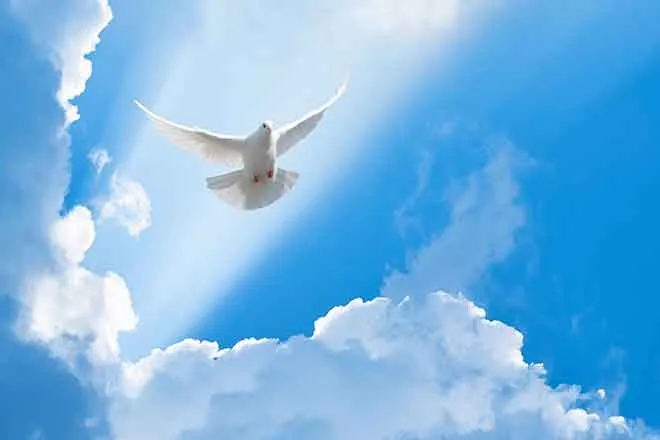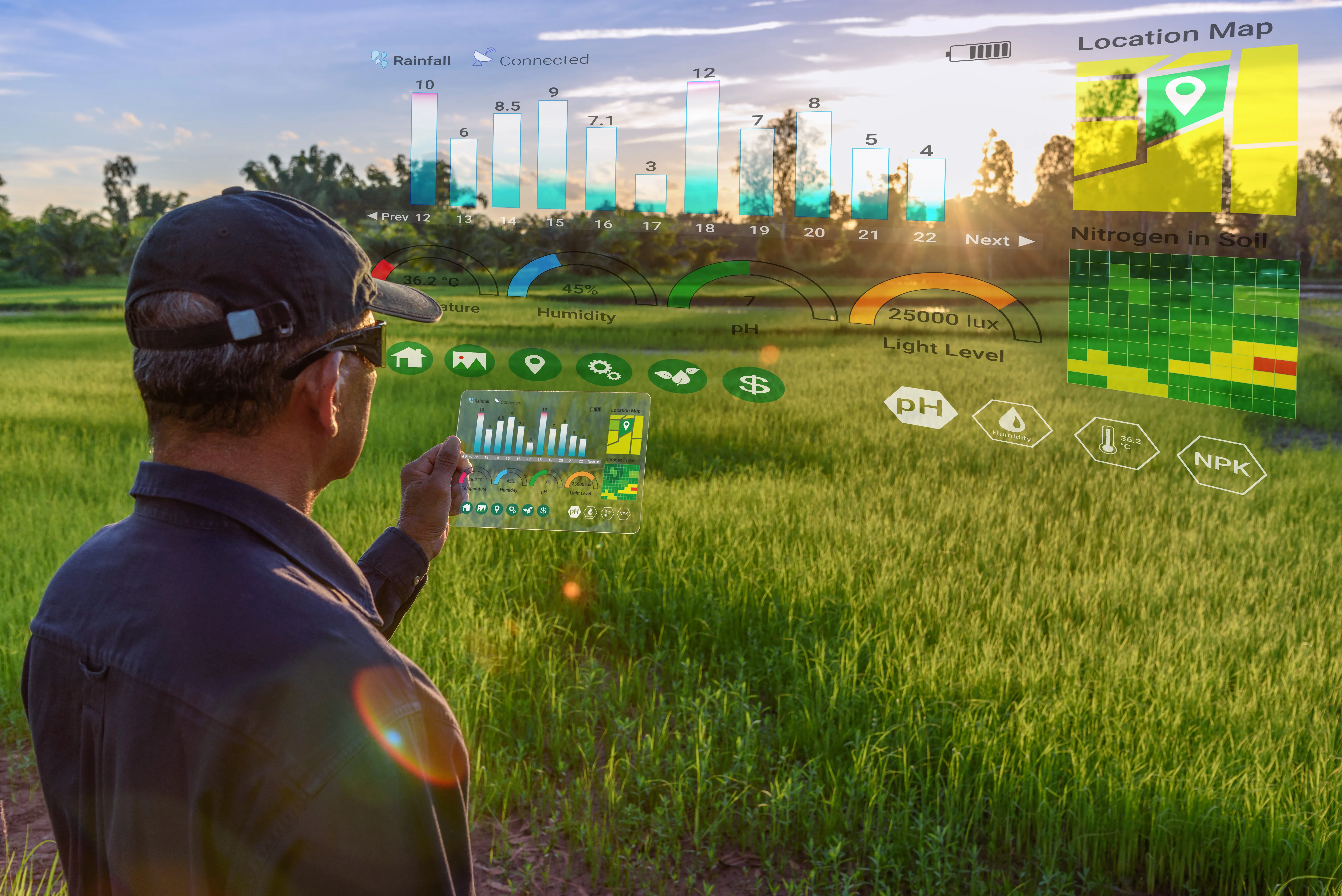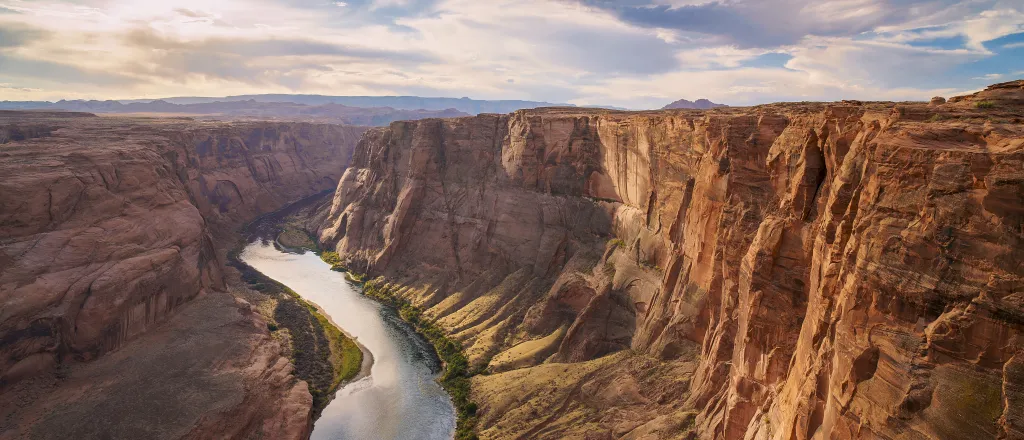
States at odds over Colorado River water cuts ahead of 2026 agreement deadline
(The Center Square) – With an environmental impact report pending, the seven states who use Colorado River water have been pitted against each other.
The current system by which Colorado River water is allocated expires at the end of 2026, and water users are scrambling to reach an agreement.
The Central Arizona Project and Tom Buschatzke, director of the Arizona Department of Water Resources, provided an update for stakeholders and the community on the current negotiation status.
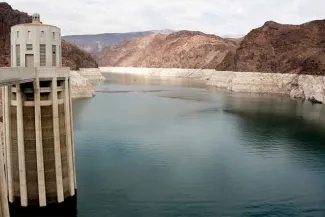
Hoover Dam on the Colorado River Drought © iStock - ngc4565
Arizona is part of the lower division states with California and Nevada. The three states collaborated to propose new uses of the Colorado River to the Bureau of Reclamation which is currently under review. The upper division states - Colorado, Utah, New Mexico and Wyoming - also provided a proposal strikingly different from the lower division states.
“It is a giant chasm and it is a bottom line for all three of us – California, Arizona [and] Nevada,” Buschatzke said.
The lower division’s proposal would require all states to absorb water reductions if both basins are below 38 percent capacity - which they are, with the lower division absorbing the bulk of the cuts of an additional 1.5 million acre-feet.
“We didn’t start from the far end and say, ‘okay now we’ll negotiate towards the middle,’” Buschatzke said. “We started towards the middle by taking 1.5 million acre feet of status reductions. That was a big leap forward.”
However, the upper division states’ proposal puts all of the water reductions on the lower basin states, refusing to make any cuts on their end.
“It is disappointing that the upper basin has not offered to participate with meaningful water reductions or efforts to stabilize the reservoir operations and elevations, preferring to place the entire burden of stabilizing the Colorado River onto the lower basin,” said Patrick Adams, Arizona governor’s senior advisor for water policy. “All water users should be part of the solution to improve its health.”
These are not the only proposals being considered by the BOR. Other proposals have been provided by the Gila River Indian Community and the Group of Conservation Organizations. Additionally, 20 basin tribes, the U.S. FWS and National Park Service, the Western Area Power Administration, the city of Phoenix and a group of Colorado River researchers have pitched in with some ideas. Most troubling, according to Buschatzke, is that the BOR is considering the continuation of the current system.
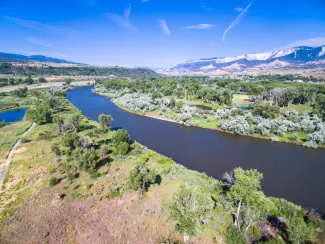
“Reclamation knows that the continued current strategies does not contain sufficient reduction volumes to stabilize the system,” Buschatzke said. “We know that because we had to do a supplemental EIS, we put in another million acre-feet on the table in the lower basin and with Mexico - 400,000 acre-feet to make sure that through 2026, the current operating strategies work to stabilize Lake Mead and the lower Colorado River system.”
However, Buschatzke emphasized that the lower division states are prepared to pursue litigation to enforce the 1922 Colorado River compact, requesting $1 million be appropriated for this litigation from Arizona Governor Katie Hobbs.
“Article three compliance we believe means that the upper basin shall not cause the flow of the Colorado River and Lee Ferry downstream of Glen Canyon Dam to fall below an aggregate of 75 million acre-feet over a rolling 10-year period plus annual releases equal to one-half of the Mexico treaty burden which under normal conditions, means 7500 acre-feet plus losses annually,” said Brenda Burman, CAP general manager.
Burman also noted that the upper division states would need to curtail their existing uses to comply with the compact.
“They have not put one gallon of reduction on the table,” Buschatzke said. “They have insisted that they should be allowed to continue their historic use and grow without regard to their obligations to deliver us water under the law.”
Buschatzke said that litigation is not what the lower division states want because it would put the future of the Colorado River in the hands of judges. They are hoping after the U.S. Environmental Protection Agency releases their EIR, renegotiations will be able to provide a reasonable outcome.


